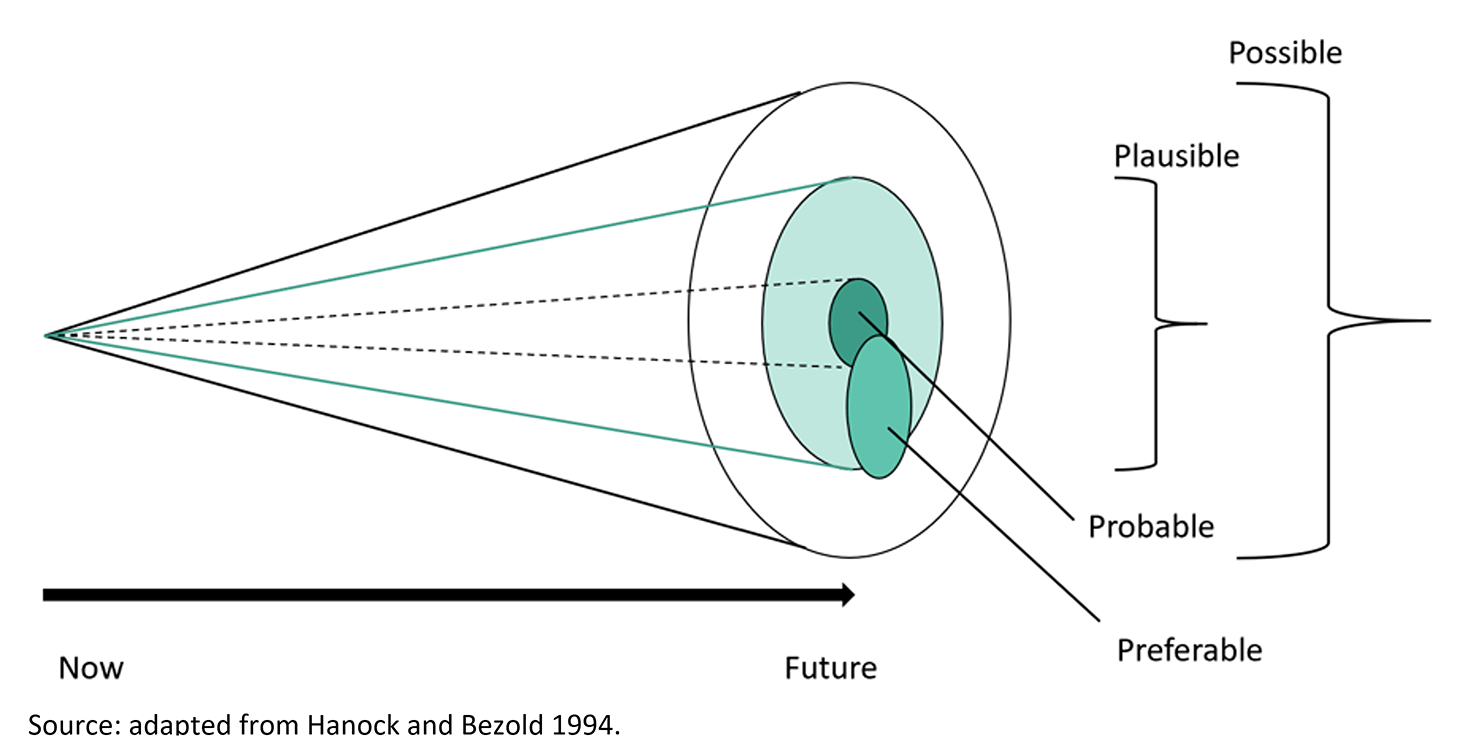Use the Strategic workforce planning maturity model to review your agency’s current approach to strategic workforce planning.
Complete an environmental scan
Consider the workforce disruptions that might arise from current political, economic, environmental, social, technological, regulatory and industry landscapes.
Review your agency’s data
Review as much data as you can. Look at the data from your agency’s payroll and HR systems. Review your employee surveys. Understand your agency’s workforce profile, including age, gender, classification levels, regional distribution, absenteeism and turnover.
Consult with your leadership team and business unit leaders
Discuss your agency’s current workforce plan and any internal and external factors that might impact this. Discuss your agency’s future skills and capability needs.
Find out from your leaders how they think your workforce needs will change in the future. Discuss your agency’s job mix and career path options, flexibility, and systems, including recruitment, training, development, performance and rewards.
Ask your business unit managers about their current workforce, business unit strategy, and future workforce requirements. Note any recent workplace design or composition changes.
Find out how each business unit contributes to your agency’s priorities and outcomes, their areas for development, and their critical challenges.



